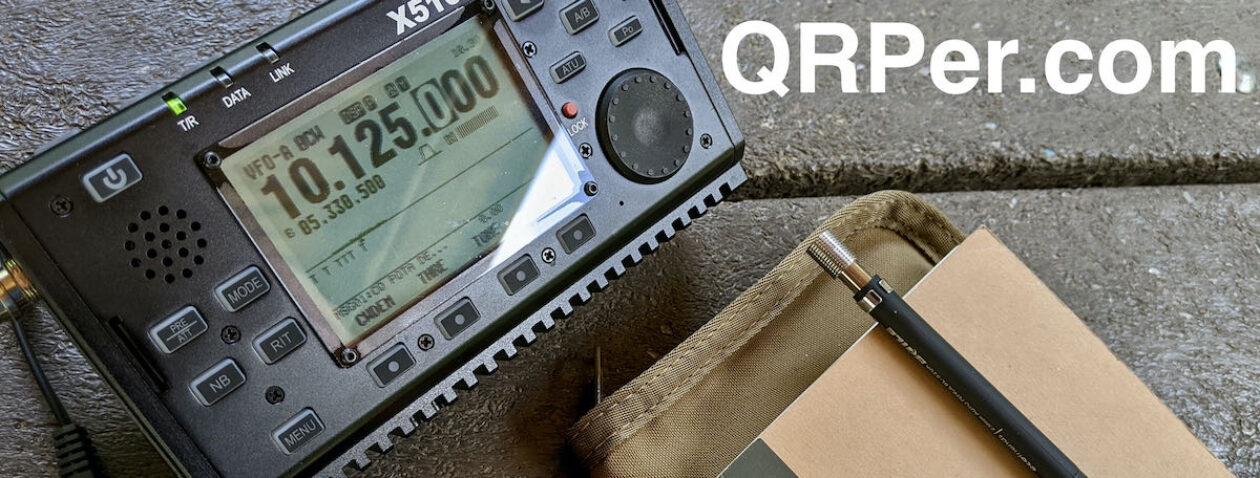 I’m asked a variation of this question several times a month (no kidding!):
I’m asked a variation of this question several times a month (no kidding!):
“Thomas, if you could only own one QRP radio, which one would you choose?”
If you’ve asked me this question, you’ll know I have a pretty canned response because I feel it’s a very subjective question–one that’s all about one’s own personal preferences–thus the radio I choose may not be the radio you would choose. Since others’ might use this choice to make a purchase decision, I’m uncomfortable providing a simple answer.
I need to better understand the operator before making a suggestion.
Survey #2
The last survey we conducted was so much fun and quite insightful! I’ve a number of surveys in store for the next few weeks. As with the previous, Survey #2 also focuses on HF QRP transceivers.
In this survey, I’d like to explore the topic above. In fact, another future survey will as well, but the case use will be more specific, so please read this survey question carefully:
Imagine, for a moment, that money is no object and that you could own any QRP transceiver in the world. Which one would you choose for all of your various radio activities?
In other words, you can own any QRP radio in the world, but you must use it for all of your radio activities (POTA, SOTA, QTH, Field Day, travel, etc.). Some of you may need a radio that can do all of these things. Some of you may only use it for Field Day, or travel.
In addition, some of you may only use one mode, while others use SSB, AM, CW, and various digital modes!
It’s all about you and how/where/when you might operate!
Please use the form below to make your selection. It’s okay to add a radio that isn’t listed in the “Other” selection, but make sure it’s a QRP (20 watts or less) transceiver, else the entry will be removed because this particular survey is all about QRP radios.
The survey has no place for comments, but please let us know why you chose what you chose in the comments section of this post!
I will plan to share these results later this week. Thank you!




























